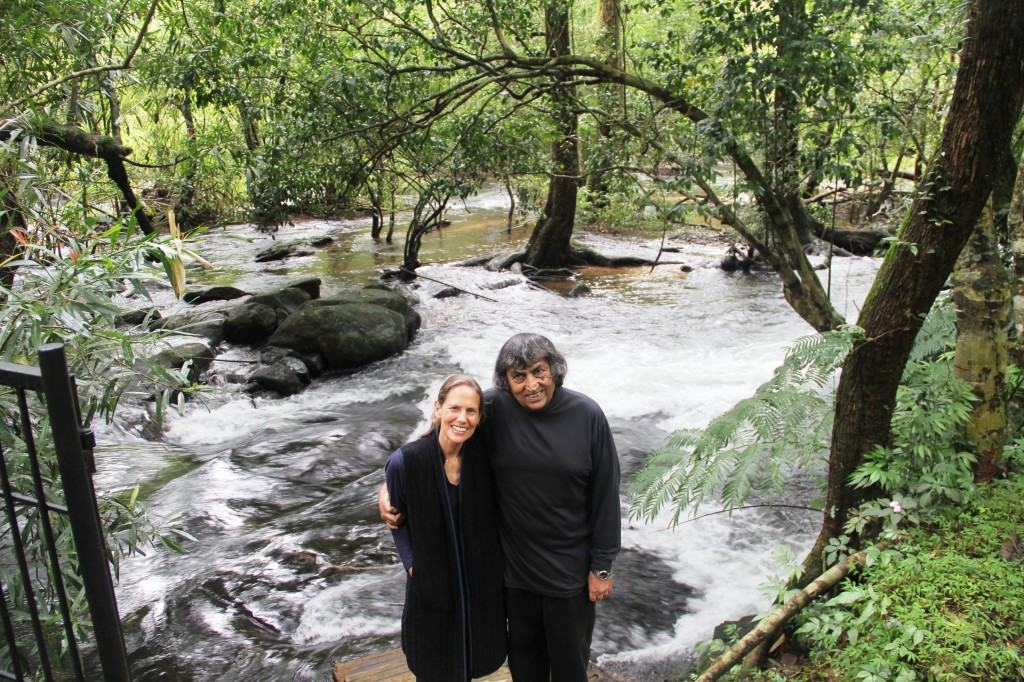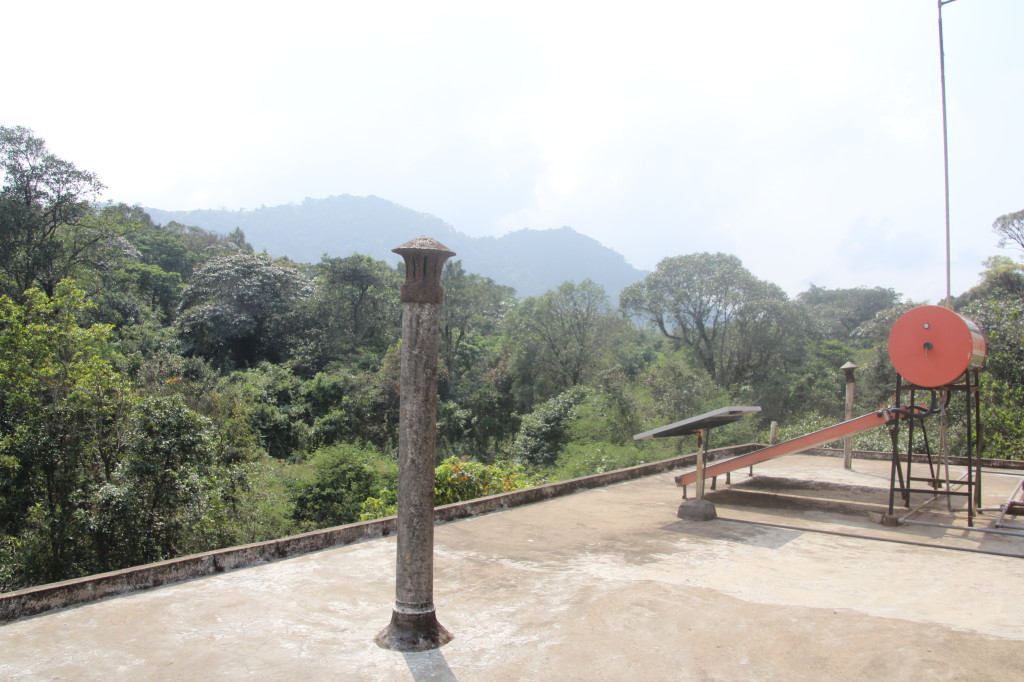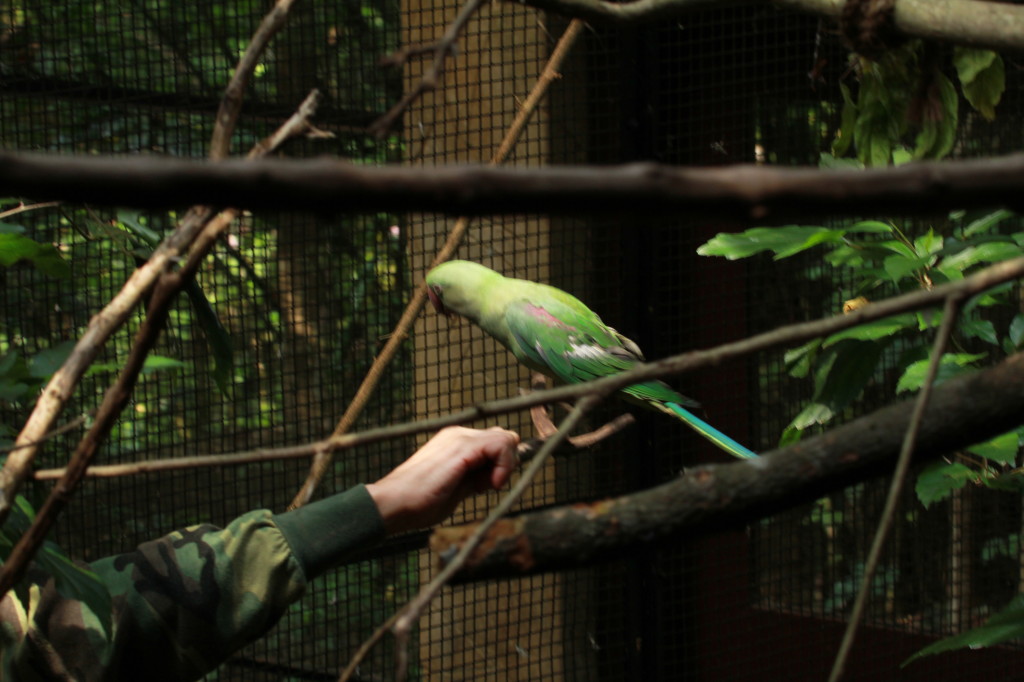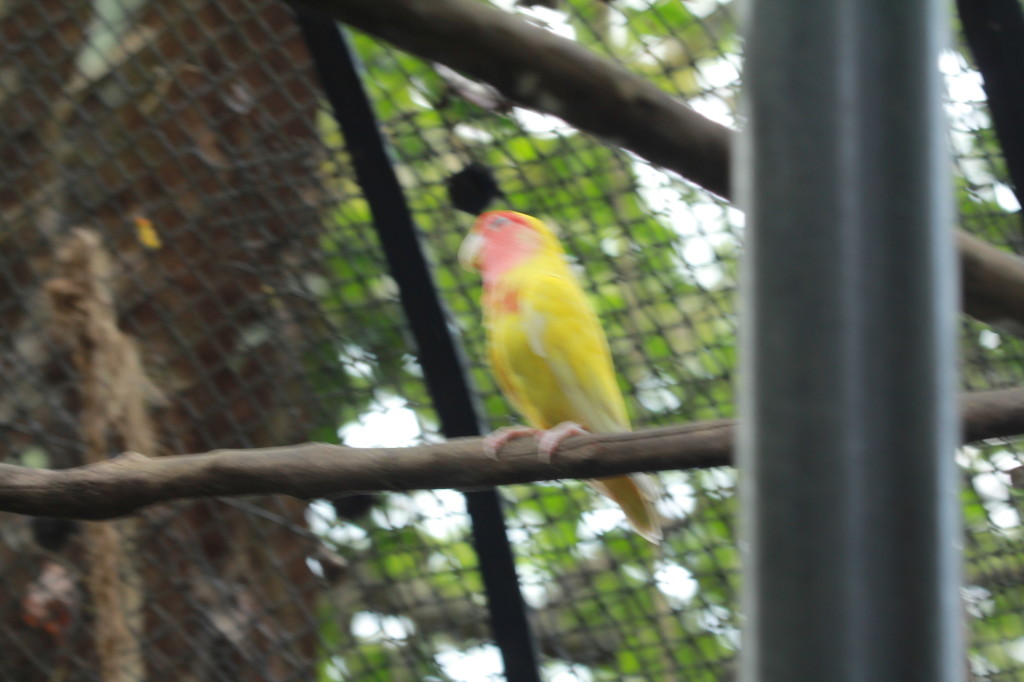Now that you know how to use miles to get to Australia and use Perth as a gateway city, what you really want to know is how to get out in the bush where the birds are! Fortunately, Australia is an amazingly easy country to travel around in. It’s safe, everyone speaks English and the tourism infrastructure is excellent! All you need is a well-researched plan and a car to get there.
1. Determine what species of birds you want to see. Bear in mind that no matter what species you are targeting, you will find many other species in the same location. In my case, although I was really keen to see wild Parrots, I was very happy to see that other species such as Fairy-wrens and Bowerbirds were also within reach.
2. Use guide books such as “Parrots of the World” by Joseph Forshaw and “The Field Guide to the Birds of Australia” by Graham Pizzey & Frank Knight to determine where these species can most easily be found. These books have maps to help you formulate an itinerary. Although I prefer Kindle/eBooks for casual reading, with a field guide you really need the hard copy to be able to compare the birds you see to the images in the book. Don’t worry if you don’t know all the species. As long as you get a decent photo, you can always look them up! You can buy these books on Amazon.com if you don’t have them already.
3. Use other internet resources to find out where the birds have been seen most recently. These may be Facebook or Twitter contacts, blogs like Miles to the Wild or trip reports on Surfbirds. Google the scientific name of the bird + “report”. For example if you Google “Neophema petrophila report” gets you this and “Neophema petrophila sightings” gets you this. If you have destinations in mind from researching the field guides, you can get better results by Googling “Neophema petrophila Esperance” such as these. Do an Eremaea search on the locations to see what other birds are commonly found there. Here’s an example of “Eremaea Esperance“. This will help you allocate how many days you want to spend there. Spend more time if the destination has more of the species you are targeting.
This step can be very time consuming as you need to research each species you want to see individually but it is well worth it as you will save lots of time once you are traveling and you can travel independently which saves you lots of money and gives you more choices as to when, where & how you want your birding adventure to happen!
4. Once you have a list of your favourite species and have discovered where other people have been seeing them, choose some locations that have a nice variety of species and string them together using Google Maps. You should get a rough idea of how many kilometres you will be traveling, then allow some extra for traveling to and from your accommodation and traveling around the National Parks and Sanctuaries. This is what my final itinerary looked like. Although the point-to-points were 3360 km, by the time I returned my rental car, it had clocked around 4400 km! This probably looks very complicated right now, but as I continue with my birding in Western Australia series, you will see how it all fits together.
Western Australia birding itinerary focused on seeing wild parrots.
So there is a very basic idea of how to plan your itinerary. Next, you will need a car, accommodation and a budget so stay tuned!




























